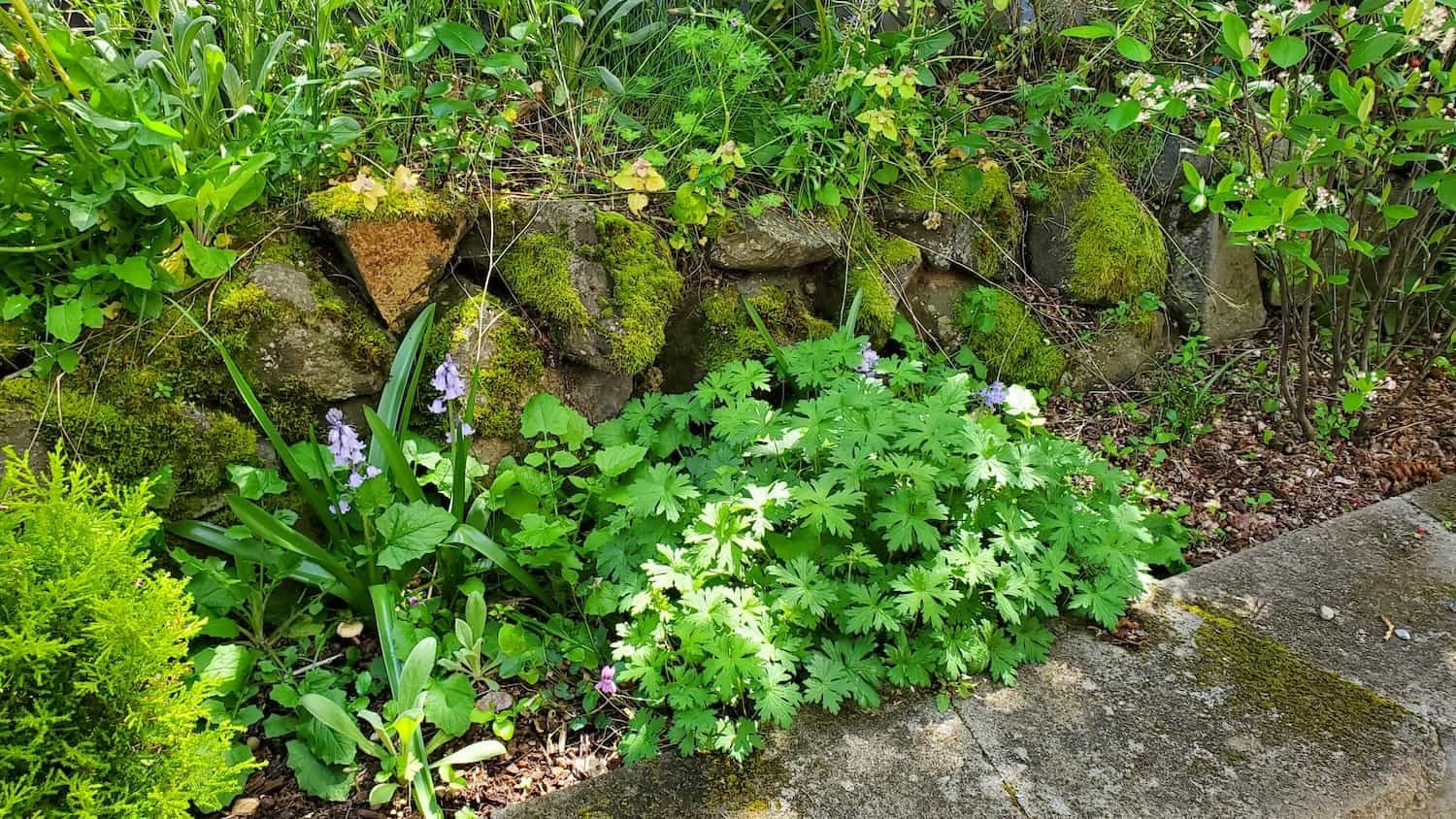West Seattle Apple tree pruning
Homeowner’s Issue
West Seattle yards present a mix of challenges for apple trees: heavy winter rain, cool summers with dry spells, variable sun exposure on west- and south-facing slopes, and compacted soils in older lots. Many homes from Alki to Fauntleroy sit on hills or terraces where runoff concentrates at roots, so poor drainage and root rot are real risks. You’ll also see moss and ivy on trunks in shaded spots, rampant blackberry and bindweed at property edges, and salt spray damage on coast-facing trees near the shore. That combination produces weak crotches, crowded canopies, and sporadic fruiting.
Neighbors often prune too late or too aggressively, which invites disease and poor fruit set. Dormant pruning in late winter — after the coldest weather but before buds swell — is the right window here. For compacted clay pockets common in newer fill, we recommend structural pruning combined with mulch and slow-release organic feeds rather than quick chemical fixes. HOA lines and curb appeal matter in West Seattle; a poorly pruned tree can look neglected and risky to neighbors below on steep streets. We focus on sustainable, mechanical pruning and green-waste removal so your apple trees are productive, safe, and low-maintenance for years.
Our Quality Service
We prune for structure, fruiting and safety using clean, sharp hand tools and battery-powered saws when needed to reduce fumes and noise. Work starts with a tree assessment — health, graft union, decay, and branch unions — then we prune to open the canopy, remove deadwood, and set scaffold limbs. Typical jobs finish same day for single trees; larger multi-tree properties take 1–2 days.
Local insight: we avoid heavy cuts in wet weeks, schedule dormant pruning windows in late Feb–Mar, and account for slope drainage and salt exposure near Alki. We never use herbicides — only organic, mechanical, and cultural controls. Benefits: safer limbs, better light penetration for sweeter apples, reduced moss and disease pressure, and a tidier curb appearance that meets most HOA expectations.
What’s Included
- Full on-site assessment and written prune plan.
- Structural pruning: selective thinning, limb reduction, and deadwood removal.
- Crown opening for light and air circulation.
- Clean-up and green-waste haul-away or preparation for city curb composting.
- Edge trimming and mulch ring refresh around tree base.
Options / Upgrades:
- Mulch + fabric or compost top-up for moisture and weed suppression.
- Organic soil amendment (compost, leaf mold) and slow-release organic feed.
- Manual pest control (hand removal, pheromone traps, sticky bands) — no herbicides.
- Stump grinding or selective removal for old rootstock.
- Haul-away vs. green bin sorting to match Seattle compost rules.
Before & After / Expectations
Expect noise for a few hours — chainsaws and chipper for larger limbs — and visible debris until green-waste is hauled or bin-ready. Access matters: steep driveways, narrow side yards, and low utility lines can add time. Typical timeline: single small tree (2–4 hours), medium tree (half day), large or multiple trees (1–2 days). We stage and bag cuttings for green waste and either haul to city compost or to our yard-processing, depending on your choice.
Care tips for West Seattle:
- Water newly pruned trees in dry summer mornings; avoid evening watering during wet fall to reduce fungal risks.
- Re-mulch the drip line each spring to suppress weeds and protect roots.
- Watch for moss and ivy after pruning — remove by hand and reapply mulch to discourage regrowth.
- Expect renewed sucker growth in the first flush; thin selectively rather than shearing.
FAQs
Q: When is best to prune apple trees in West Seattle?
A: Late winter (Feb–Mar) after the coldest snaps but before bud swell; light summer thinning can follow for shape.Q: Will pruning make my tree produce more fruit?
A: Correct structural pruning improves light and air, which usually increases fruit quality and reduces disease — not an instant yield spike.Q: Do you use chemicals for pests or weeds?
A: No. We use organic and mechanical controls only — hand removing pests, traps, horticultural oils where appropriate, and cultural fixes.Q: What about access and parking on narrow West Seattle streets?
A: We plan for tight access, notify neighbors when needed, and can arrange curb-side chipping or off-site haul if parking is limited.
Call to Action
If your West Seattle apple trees need structure, safer limbs, or better fruit, book a free estimate. We schedule quickly, know local microclimates from Alki to Fauntleroy, and work with Seattle composting rules for tidy disposal. Email neatandtidyseattle@gmail.com or call/text 206-538-9344 to set a time. Licensed • Bonded • Insured.










